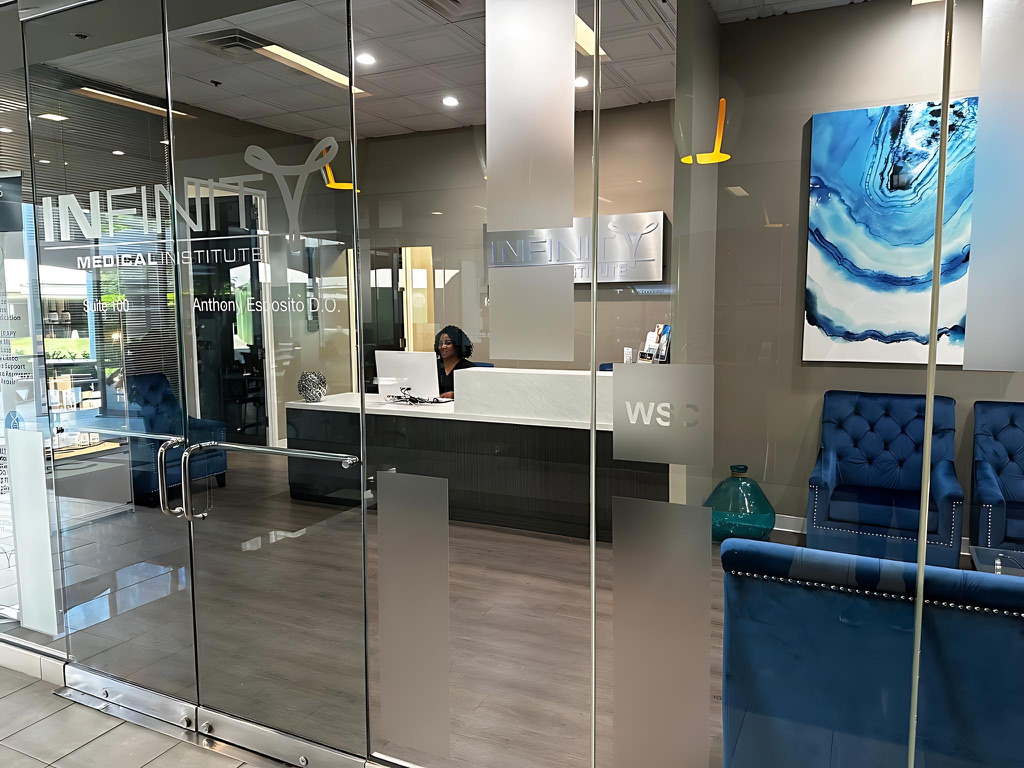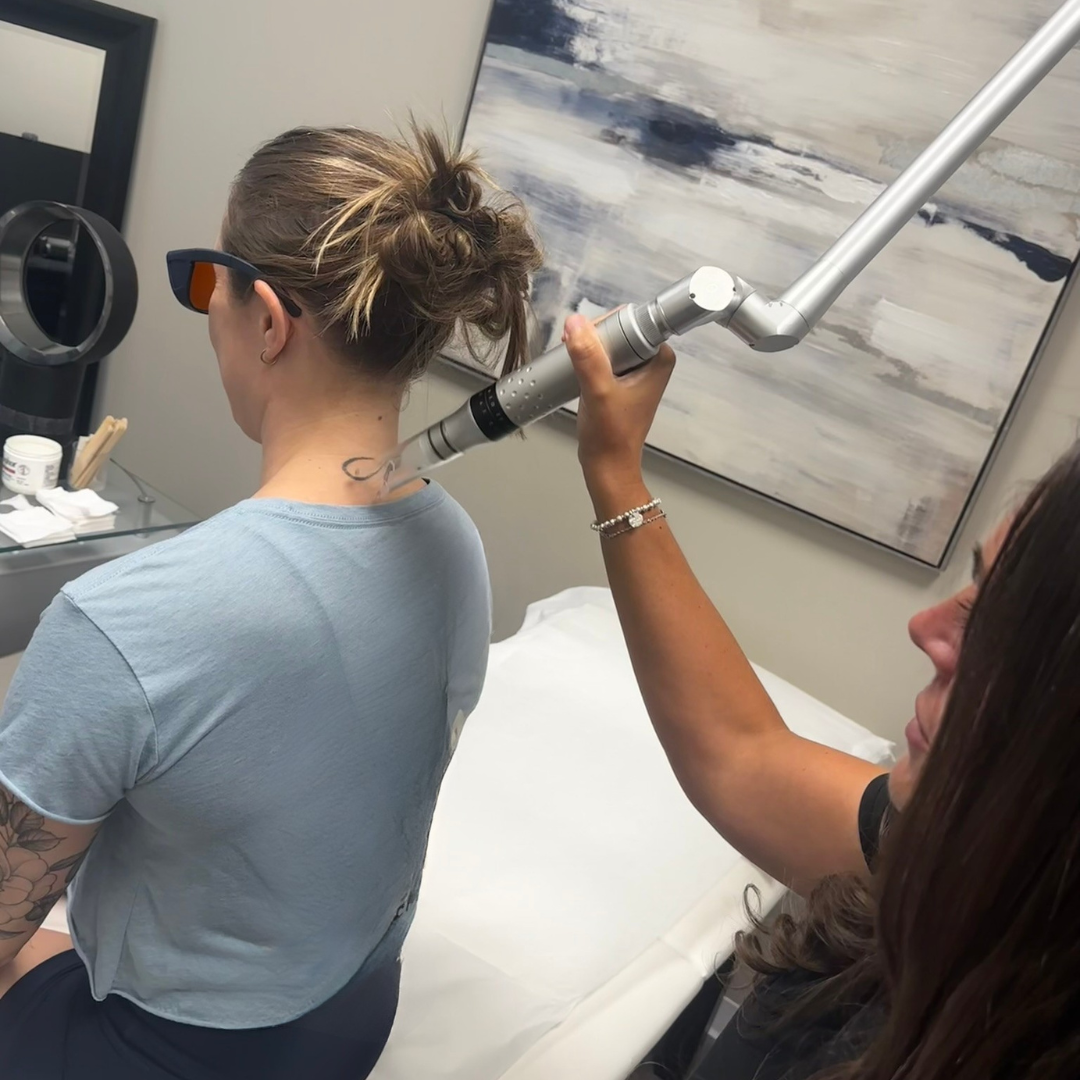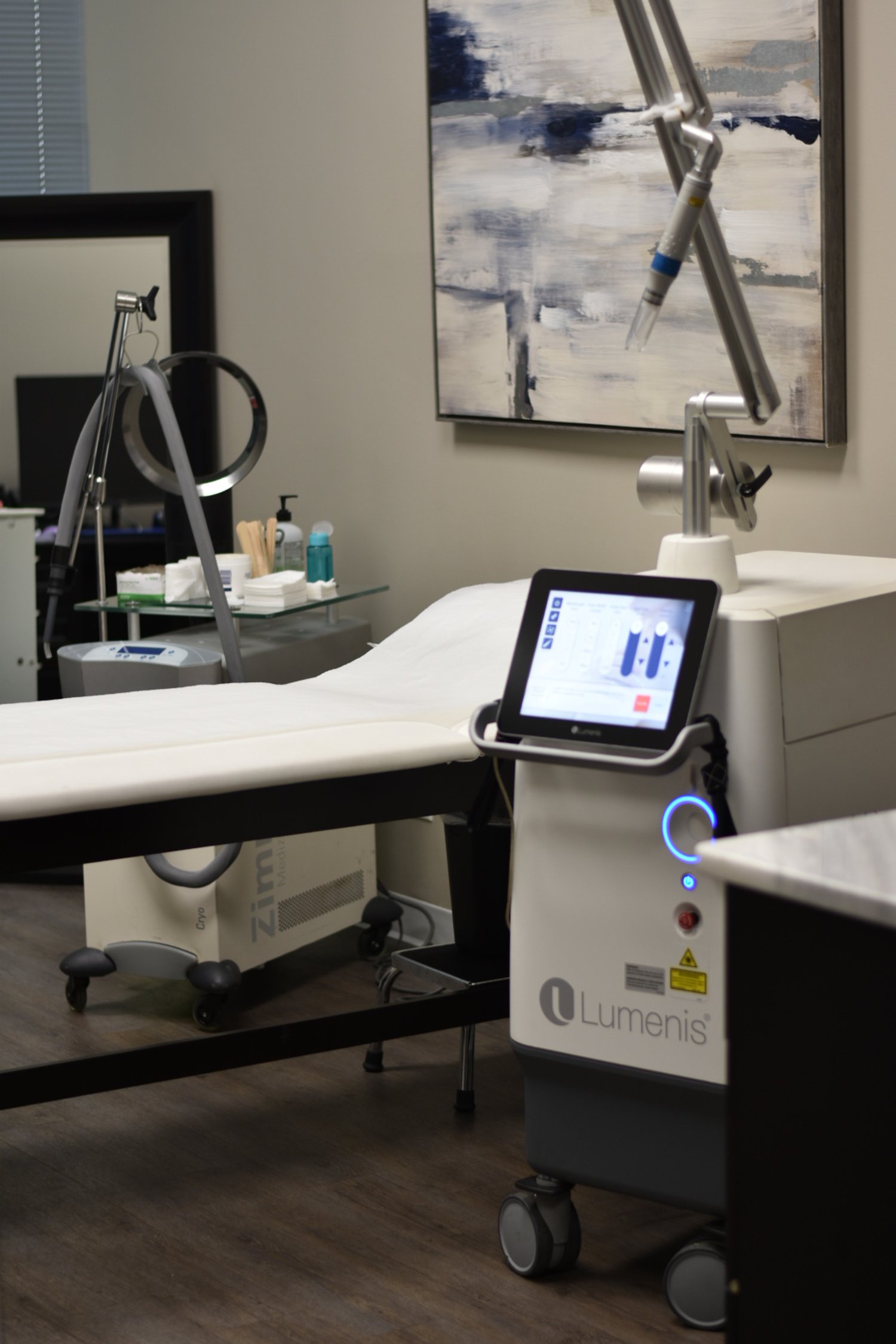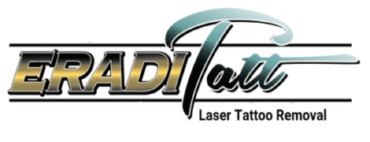About Eraditatt
Our Mission
At Eraditatt, we’re more than just a laser tattoo removal clinic—we’re a team committed to transformation and renewal. Founded on the belief that everyone deserves a clean slate, we combine cutting-edge technology with a client-centered approach. Every removal journey begins with a free consultation, where we carefully assess your skin, tattoo characteristics, and personal goals to create a custom treatment plan. From transparent pricing to expert after‑care guidance, your experience is built on trust, clarity, and real results.

Advanced Technology & Safety
We utilize the state-of-the-art PiQo4 laser system, which operates across four wavelengths in both picosecond and nanosecond modes. This versatility allows us to effectively target a broad range of ink colors—including stubborn blues, greens, and reds—with fewer treatments and minimal skin trauma. To enhance comfort and protect your skin, we also employ the Zimmer Cryo‑6 cold air chiller, ensuring each session is as pain‑managed and smooth as possible.
Our Expert Team
Your care is overseen by a dedicated group of professionals, blending medical expertise with laser specialization:

Owner & Nurse Practitioner
guiding the clinic’s operations and clinical excellence.

Nurse Practitioner
FL & TX board-certified with 15+ years in compassionate, evidence-based care.

Administrative Technician
coordinating appointments, consultations, and client care logistics.

Nurse Practitioner
Providing skilled laser treatments with a patient-first approach.
Our staff’s focus on evidence-based protocols and skin safety ensures that every removal session is effective, conscientious, and tailored just for you.

Client-Focused Care
Removing a tattoo is more than a cosmetic procedure—it’s often a deeply personal decision. From nervous first-time clients to professionals clearing ink for career growth, our team creates a judgment-free environment where every story matters. As one recent client shared on Yelp:
“Very nice office off Westshore. Staff is super friendly and accommodating. All that aside the laser tattoo removal works really well.”
Another client on Facebook noted: “Always professional and considerate about my tattoo removal process.”
Dedicated to Excellence
Since our founding in 2015, Eraditatt has grown into one of Florida’s premier tattoo removal specialists. We stand apart because we:
- Offer a free consultation—no pressure, just expert insight.
- Provide honest expectations—regarding pain, sessions, healing, and costs.
- Use advanced equipment—for faster, safer, and more effective removal.
- Deliver compassionate, skilled care—by licensed medical professionals.
We prioritize evidence-based techniques and ongoing training to ensure every client receives top-tier results in a safe, supportive atmosphere.

Dedicated to Ready for a Fresh Start?
If you’re ready to erase what no longer fits and rewrite your skin story, the Eraditatt team is here to help. Begin with a complimentary consultation and leave with a clear, tailored plan—backed by transparency, experience, and care. Click below to get started.
